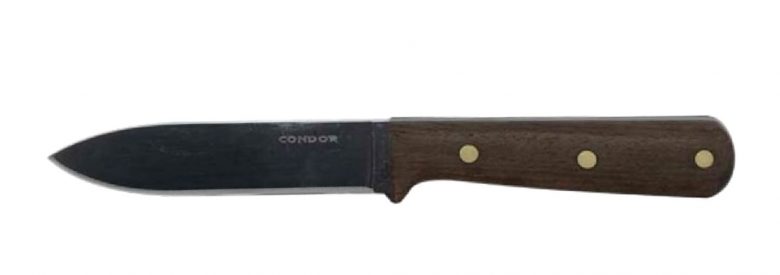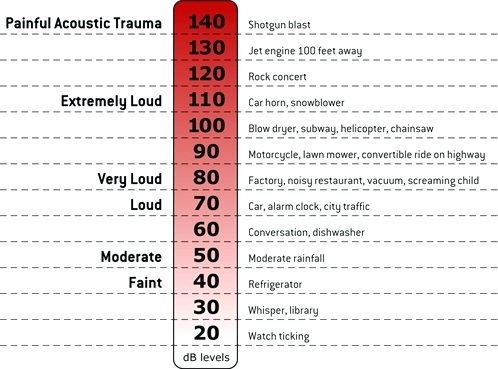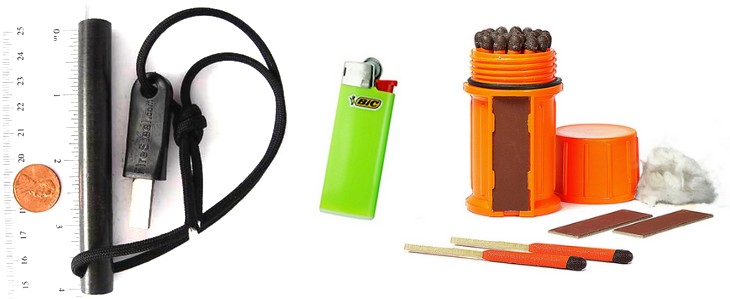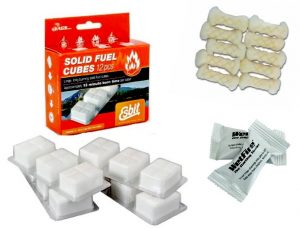Like a knife, toilet paper (henceforth known as TP) is the ultimate in personal choice — it’s optional for some which is why it’s last on the list 🙂
Pick a brand and stick with it. I like something more commercial that does not have a tube in the middle, but some folks like the inner tube for “thumb-rolling” action. My preference packs more TP in less space.
Recently, I’ve found a fantastic option to save on space in the backpack. Canadian Prepper has a great youtube video on TP tabs. You do need to bring a little bit of water with you in your water bottle, but having used this option, I can attest to being squeaky clean of those evil Klingons that turn into dark matter around the black hole.
If TP tabs are just too gleamingly ingenious and newfangled for you, and you prefer traditional TP, then Wirecutter has done a great article on the best toilet paper to pamper your privates.









 Its always good to bring 8-12 cotton balls lightly smeared in Vaseline/petroleum jelly (also available as pre-packaged tinder quik tabs), or some other pre-packaged starter fuel. I’ve also experimented with a slice of indestructible rubber bicycle inner-tube, which works incredibly well since it is bulletproof even when soaking wet. The rubber requires at least 5-7 seconds of high heat from a continuous flame (a lighter) to combust.
Its always good to bring 8-12 cotton balls lightly smeared in Vaseline/petroleum jelly (also available as pre-packaged tinder quik tabs), or some other pre-packaged starter fuel. I’ve also experimented with a slice of indestructible rubber bicycle inner-tube, which works incredibly well since it is bulletproof even when soaking wet. The rubber requires at least 5-7 seconds of high heat from a continuous flame (a lighter) to combust.
 MAY 2019: In my foray of looking for the best headlamp, I believe I’ve come across the best priced solution for my purposes — the single AA powered
MAY 2019: In my foray of looking for the best headlamp, I believe I’ve come across the best priced solution for my purposes — the single AA powered  JAN 2019: On the topic of lighting — I was on a camping trip recently where there was a fire ban, so we used a general purpose lantern to mimic a campfire at night.
JAN 2019: On the topic of lighting — I was on a camping trip recently where there was a fire ban, so we used a general purpose lantern to mimic a campfire at night.

